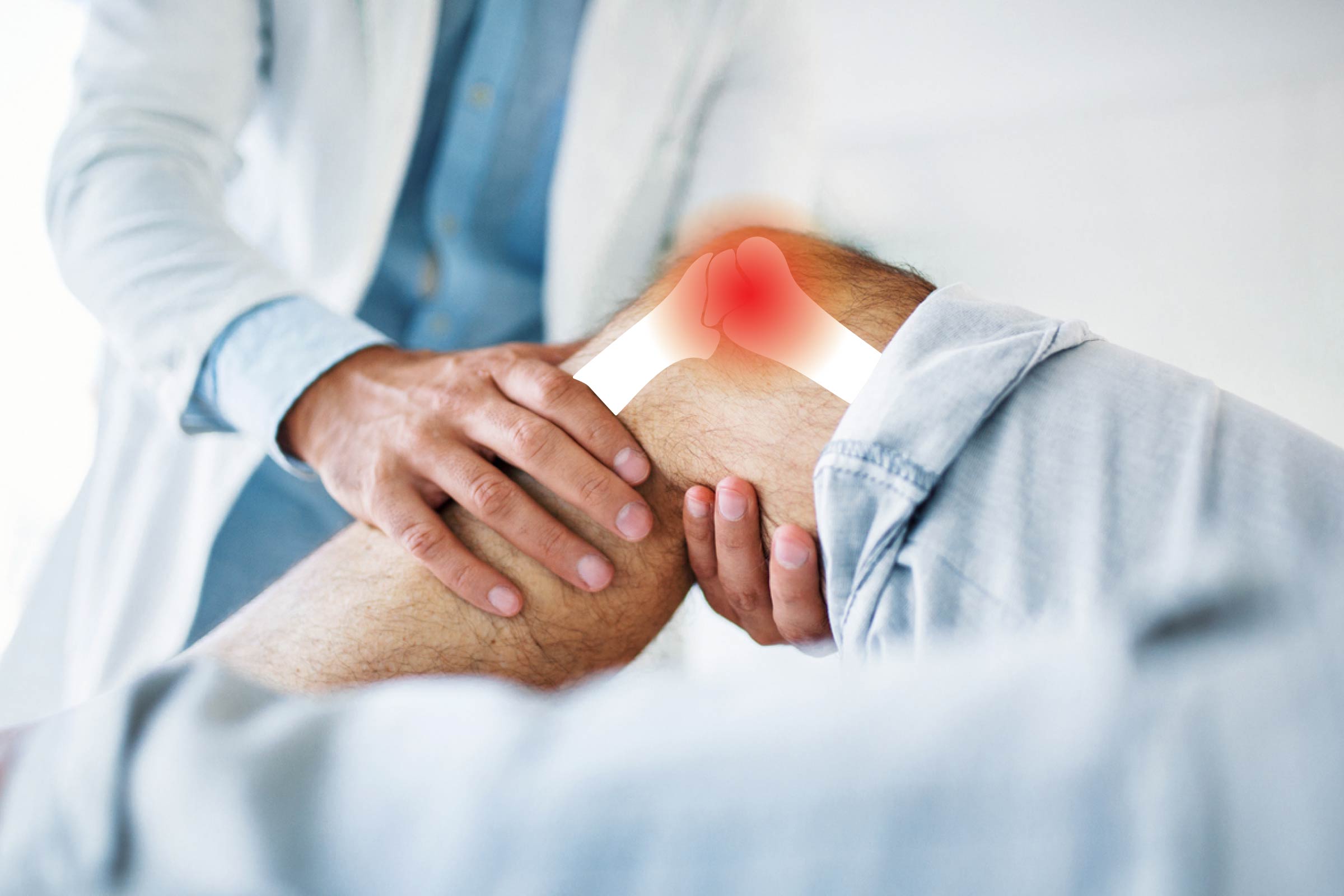
Arthritis is a common condition that affects millions of people worldwide, with knee arthritis being one of the most prevalent forms. Managing knee arthritis pain is essential for maintaining quality of life and mobility. This comprehensive guide will provide you with various strategies and tips to help you effectively manage knee arthritis pain.
Understanding Knee Arthritis
What is Knee Arthritis?
- Knee arthritis is a condition characterized by inflammation and degeneration of the knee joint.
- The most common types of knee arthritis are osteoarthritis and rheumatoid arthritis.
Symptoms of Knee Arthritis
- Pain and stiffness in the knee joint
- Swelling and inflammation
- Difficulty moving the knee
- Crepitus (a cracking or popping sound when moving the knee)
Managing Knee Arthritis Pain
1. Stay Active
While it may seem counterintuitive, staying active is crucial for managing knee arthritis pain. Low-impact exercises can help strengthen the muscles around the knee joint and improve flexibility.
2. Maintain a Healthy Weight
Excess weight can put added pressure on the knees, exacerbating arthritis pain. Maintaining a healthy weight through diet and exercise can help alleviate knee pain.
3. Use Hot and Cold Therapy
- Applying ice packs to the knee can help reduce inflammation and numb pain.
- Warm compresses or heating pads can help relax muscles and alleviate stiffness.
4. Try Physical Therapy
A physical therapist can design a customized exercise program to strengthen the knee muscles and improve flexibility. They can also teach you proper body mechanics to reduce strain on the knee joint.
5. Consider Medications
- Over-the-counter pain relievers like acetaminophen or ibuprofen can help alleviate mild to moderate knee pain.
- Prescription medications like corticosteroids or disease-modifying antirheumatic drugs (DMARDs) may be prescribed for severe knee arthritis.
6. Use Assistive Devices
Assistive devices like braces, canes, or walkers can help reduce pressure on the knee joint and improve mobility.
Alternative Treatments for Knee Arthritis Pain
1. Acupuncture
Acupuncture involves the insertion of thin needles into specific points on the body to alleviate pain and promote healing. Some people find relief from knee arthritis pain through acupuncture.
2. Dietary Supplements
- Glucosamine and chondroitin supplements may help reduce knee pain and improve joint function.
- Omega-3 fatty acids, found in fish oil, have anti-inflammatory properties that can benefit arthritis sufferers.
3. Topical Treatments
Topical treatments like capsaicin cream or menthol gels can provide temporary relief from knee arthritis pain by numbing the area or reducing inflammation.
Surgical Options for Severe Knee Arthritis
1. Arthroscopic Surgery
Arthroscopic surgery involves the insertion of a tiny camera and surgical instruments into the knee joint to remove damaged tissue or debris, providing pain relief and improving mobility.
2. Partial or Total Knee Replacement
In severe cases of knee arthritis, a partial or total knee replacement may be necessary. This surgical procedure involves replacing the damaged knee joint with a prosthetic joint to alleviate pain and restore function.
3. Osteotomy
An osteotomy involves realigning the bones around the knee joint to shift weight away from the damaged area, reducing pain and improving function.
Conclusion
Managing knee arthritis pain requires a comprehensive approach that may include lifestyle modifications, medications, physical therapy, and in some cases, surgical intervention. By adopting a proactive approach to managing knee arthritis pain, you can improve your quality of life and maintain mobility. Consult with your healthcare provider to determine the best treatment plan for your specific needs.